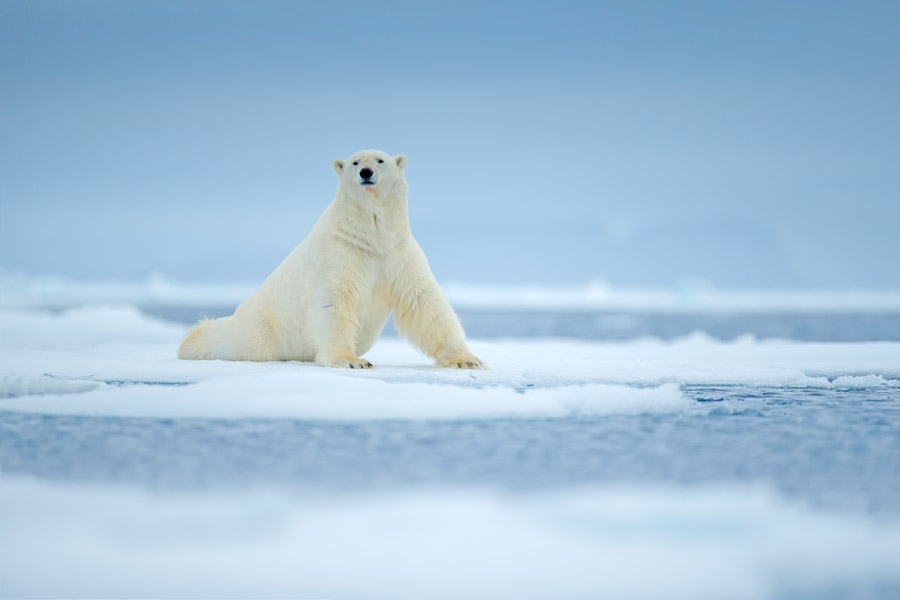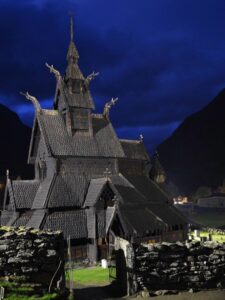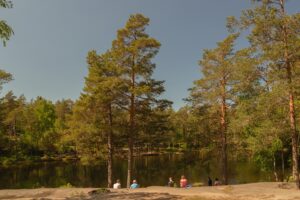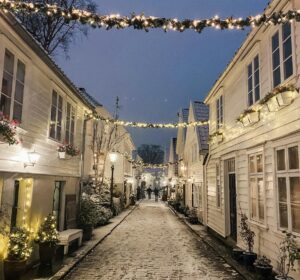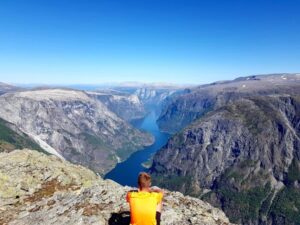Discover the Arctic Wildlife of Svalbard
Nestled in the Arctic Ocean, halfway between Norway and the North Pole, Svalbard is a remote archipelago that offers a unique opportunity to experience the raw beauty of the Arctic wilderness. Known for its stunning landscapes and diverse wildlife, Svalbard is a dream destination for nature enthusiasts and adventure seekers alike. Whether you’re drawn by the allure of polar bears, the mesmerizing Northern Lights, or the serene silence of the Arctic tundra, Svalbard promises an unforgettable journey into one of the world’s last great wildernesses.
What to See in Svalbard
Svalbard is a haven for wildlife lovers. The archipelago is home to an impressive array of Arctic animals, including polar bears, Arctic foxes, reindeer, and a variety of seabirds. One of the most iconic experiences in Svalbard is the chance to see polar bears in their natural habitat. These majestic creatures are often spotted on the sea ice or along the coastlines, hunting for seals. For birdwatchers, the cliffs of Alkefjellet are a must-visit, where thousands of Brünnich’s guillemots nest during the summer months.
The landscape of Svalbard is equally captivating. The archipelago is characterized by its rugged mountains, expansive glaciers, and deep fjords. Adventurous visitors can explore the glaciers on guided hikes or take a boat tour to witness the breathtaking beauty of the fjords. During the winter months, the Northern Lights dance across the sky, providing a magical backdrop to the already stunning scenery.
A Bit of History and Interesting Facts
Svalbard has a rich history that dates back to its discovery by Dutch explorer Willem Barentsz in 1596. Originally used as a base for whaling in the 17th and 18th centuries, the archipelago later became a hub for coal mining. Today, Svalbard is governed by Norway, but it remains a demilitarized zone with a unique international status, allowing citizens of any country to live and work there.
One of the most interesting facts about Svalbard is its lack of a visa requirement. Anyone can live and work in Svalbard without a visa, making it a unique place in terms of immigration policy. Additionally, Svalbard is home to the Global Seed Vault, a secure seed bank that stores duplicates of seeds from around the world, ensuring the preservation of plant species in the event of a global crisis.
Getting There and Tips for First-Time Visitors
Reaching Svalbard is an adventure in itself. The main gateway to the archipelago is Longyearbyen, the largest settlement, which is accessible by flights from Oslo and Tromsø in Norway. Once in Longyearbyen, visitors can join guided tours to explore the surrounding wilderness, as independent travel outside the settlements is not recommended due to the presence of polar bears.
For first-time visitors, it’s important to be prepared for the Arctic climate. Even in summer, temperatures can be chilly, so pack warm clothing and layers. The midnight sun shines from April to August, providing 24-hour daylight, while the polar night from November to February offers a chance to see the Northern Lights. It’s also worth noting that Svalbard is a tax-free zone, making shopping for souvenirs a bit more affordable.
Svalbard is a place where nature reigns supreme, offering a rare glimpse into the untouched beauty of the Arctic. Whether you’re exploring its wildlife, learning about its history, or simply soaking in the stunning landscapes, Svalbard is sure to leave a lasting impression.
